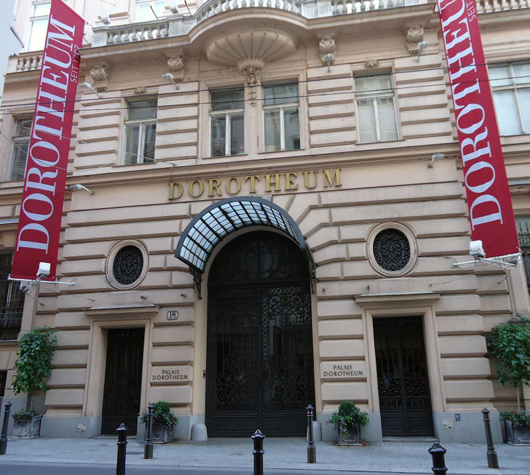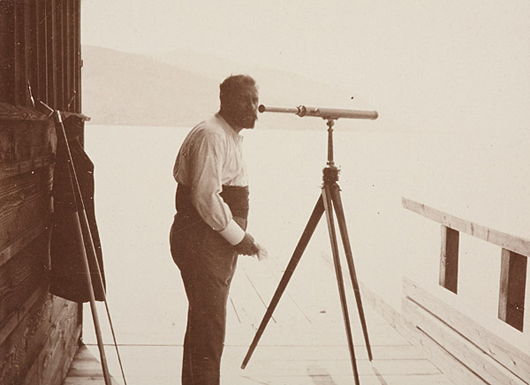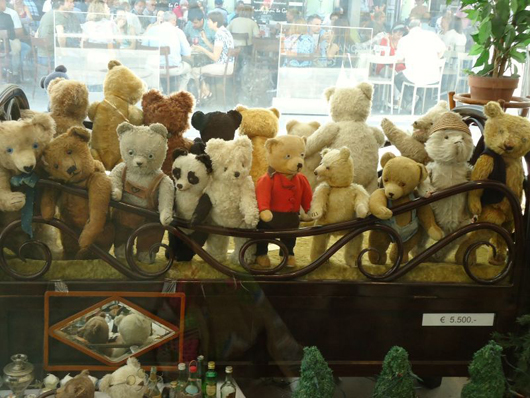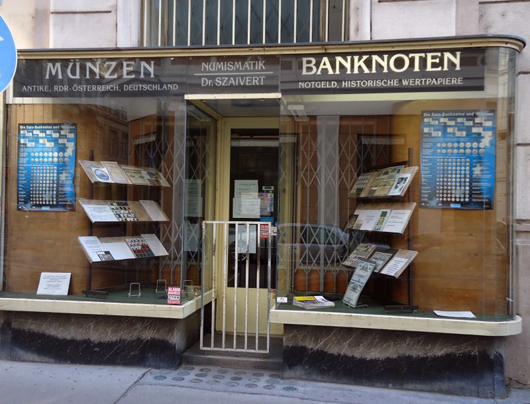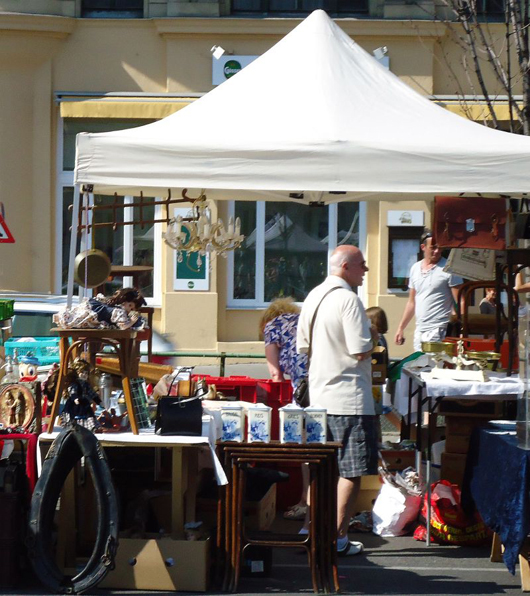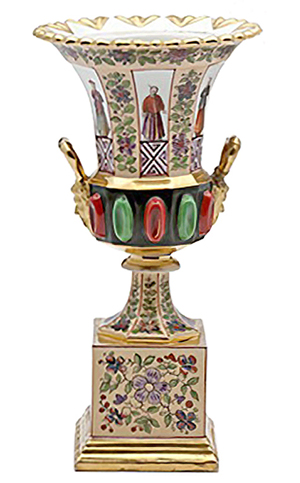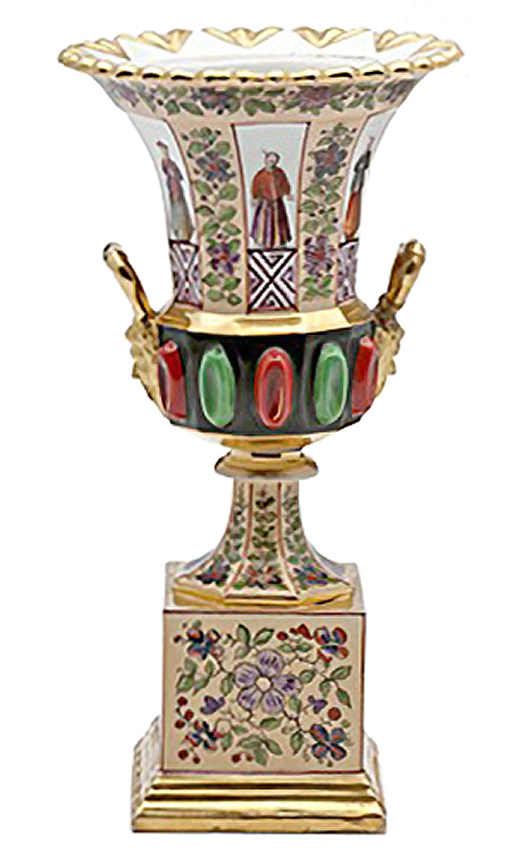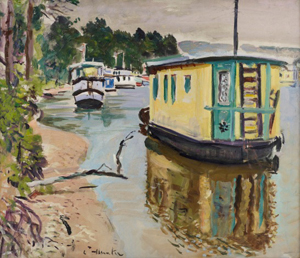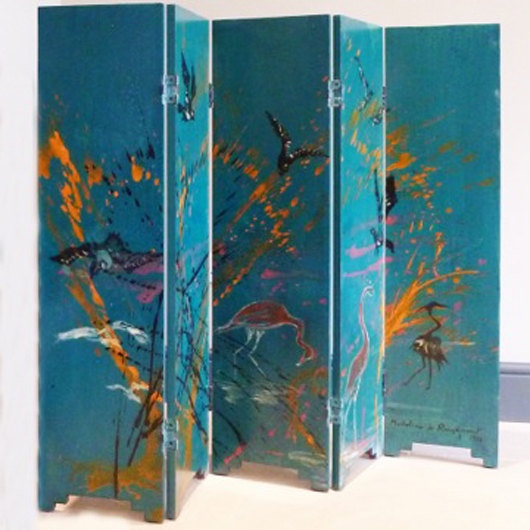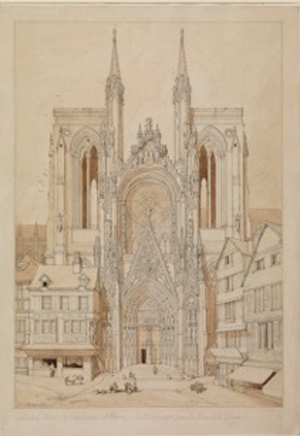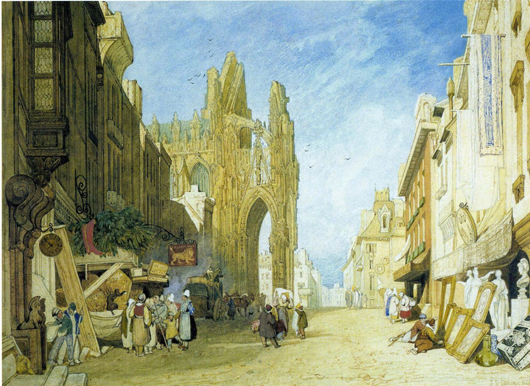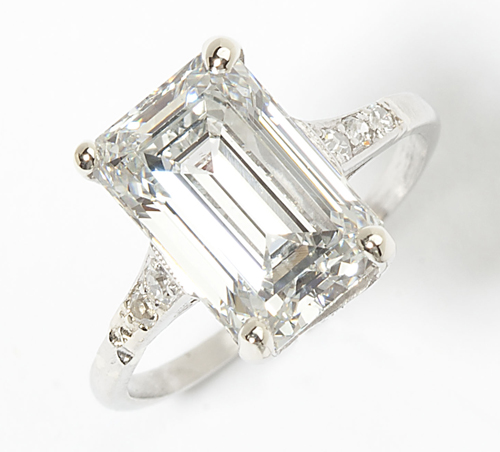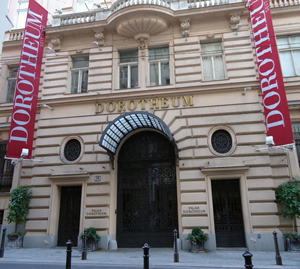
In Anbetracht der Geschichte Wiens ist es nicht überaschend, dass diese Stadt eine Fundgrube für Antiquitäten ist. Zur Zeit der Jahrhundertwende zum 20. Jahrhundert war die Stadt ein Zentrum künstlerischer und intellektueller Veränderungen.
Gustav Mahler lies mit seinen neuen Kompositionen die Zeit der Romantik hinter sich. Sigmund Freud öffnete eine Tür zum Unterbewußtsein. Und die Sucessionisten mit Gustav Klimt an ihrer Spitze brachen mit verstaubten akademischen Traditionen, um neue Pfade in der bildhaften Darstellung zu betreten. Die fließende Linie des Jugendstils reiste wie eine frische Brise durch Architektur, Typographie und Mobiliar. Die Wiener Werkstätte beschenkte sogar Gegenstände des täglichen Gebrauchs mit künstlerischer Bedeutung. Kunst und Intellekt blühten in dieser Kaffeehaus Kultur auf.
Von diesem Erbe ist noch soviel zu entdecken in Wiens Antiquariaten, Auktionshäusern und Flohmärkten. Das historische Stadtzentrum gruppiert sich natürlich um den Stephansdom, welcher bald in Sichtweite kommt, spaziert man entlang der Kärntner Straße stadteinwärts. Und sogar entlang dieses Weges findet man viele Einzelhandelsgeschäfte des Dorotheums, welche Schmuck aus Nachlassen, Porzellan und Silber anbieten. Entfernt man sich aber etwas von den üblichen massentouristischen Pfaden in die engere Dorotheergasse, findet sich dort ein alterwürdiges Auktionshaus. 1707 als Pfandleihhaus gestartet, wuchs es zu einem Unternehmen mit internationalen Büros und ca. 600 Auktionen pro Jahr. Versteigert wird alles von Kunst bis zu klassischen Autos. Die umgebende Nachbarschaft ist gespickt mit Antiquariaten aller Art.
“Wir empfehlen normalerweise die Dorotheergasse, Spiegelgasse, Bräunerstraße und Stallburggasse wenn Leute nach Antiquitäten suchen.”, sagt Cornelia Pirka vom Wiener Tourismusverband.
Die Schaufenster der Läden in dieser Gegend sind so voll mit den Überresten des Gestern, dass es das Funkeln von Kristall, das Leuchten beschlagener Bronze und die satten Farben goldgerahmter Leinwände unmöglich macht, die Strassen ohne innezuhalten entlangzugehen.
Auch die Wiener Kunst Auktionen GmbH im Palais Kinsky in der Freyung Straße kann man nicht verfehlen. Deren Erscheinung ist seriös und elegant, passend zu ihren Auktionen von Alten Meistern, zeitgenössischer Gemälde und Jugendstil Antiquitäten.
Ein anderes, international anerkanntes Wiener Auktionshaus ist das WestLicht in der Westbahnstrasse 40. Sie halten den Rekord für den Verkauf des teuersten Fotoapparates der Welt im Jahr 2011, eine Null Serie Leica von 1923 für 1,32 Millionen Euro (fast 2 Millionen Dollar). WestLicht’s nächste Fotographie- und Kameraauktionen finden am 23. und 24. November statt. Fotographieenthusiasten werden entzückt sein, WestLicht’s Leica Einzelhandelsgeschäft -voll mit neuen und klassischen Produkten- direkt nebenan zu finden.
Man muss sich nicht weit von WestLicht entfernen, um etwas anderes, nahezu Ausgestorbenes zu entdecken – einen Schallplattenladen. Scout Records, um genau zu sein. Aber Besucher sollten gewappnet sein, in der ganzen Stadt auf kleine Antiquitätenhändler und Second-Hand Geschäfte zu stoßen – seien es alte Bücher, Münzen, Briefmarken oder einfach Kitsch; man weis nie was man findet.
Wien bietet eine großartige Auswahl für Sammler, die gern ihr Glück auf Flohmärkten ausprobieren. Der mit Abstand Größte dieser Art befindet sich am Naschmarkt, wo eine zunächst schier endlose Zahl von Lebensmittlehändler und kleinen Restaurants schließlich Platz macht für eine überquellende Menge an Ständen mit Ramsch und kleinen Schätzen. Es werden Möbel und Lampen aus den 1950igern, Gewürzgefäßsets, Silbergeschirr, alte Vidoefilme, Modeschmuck, Bücher und Werkzeuge herausgetragen. Aber es gab noch soviel mehr. Der Naschmarkt ist eine Wochenendinstitution und Besucher können sich die Antiquitäten Samstags in der Zeit zwischen 06:30 Uhr und 18:00 Uhr ansehen, wenn sich die Schnäppchengelgenheiten verdreifachen.
Der trendige Donaukanal, eingefasst Graffitiwände und interessante Kaffees, ist zwischen Mai und September Domizil eines an der Salztorbrücke beheimateten Wochenendflohmarktes.
Der dritte zu findende Punkt ist der Antiquitätenmarkt am Hof, geöffnet bis Mitte November an Freitagen und Samstagen von 10 Uhr bis 20 Uhr.
Mit so vielen Möglichkeiten Antiquitäten zu finden, ist es ein Glück, dass auch an fast jeder Ecke ein Cafè ist. Vergessen Sie nicht, bei einem Kaffee und einem Stück Sachertorte zu entspannen, bevor Sie zu Ihrer nächsten Einkaufstour aufbrechen.
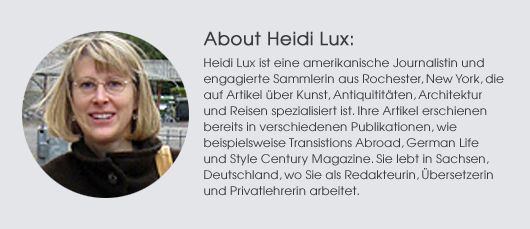
ADDITIONAL IMAGES OF NOTE
